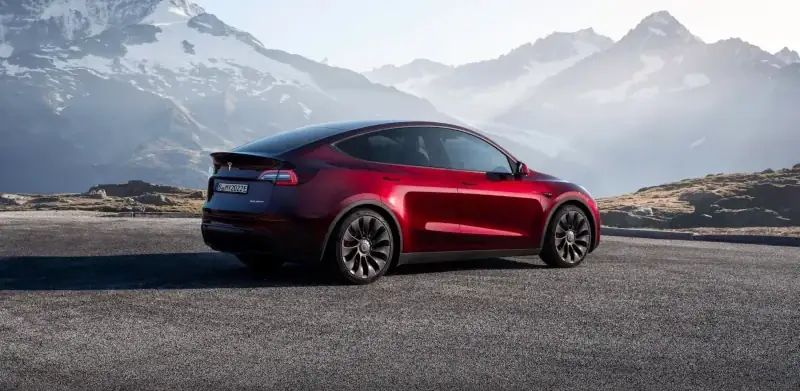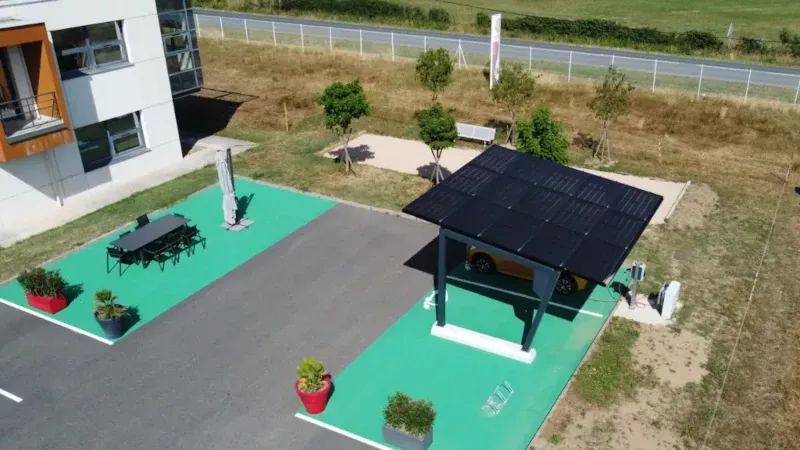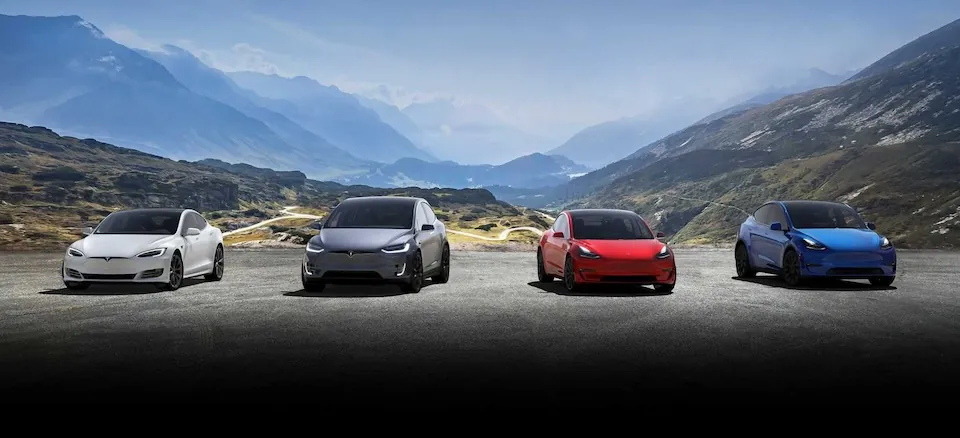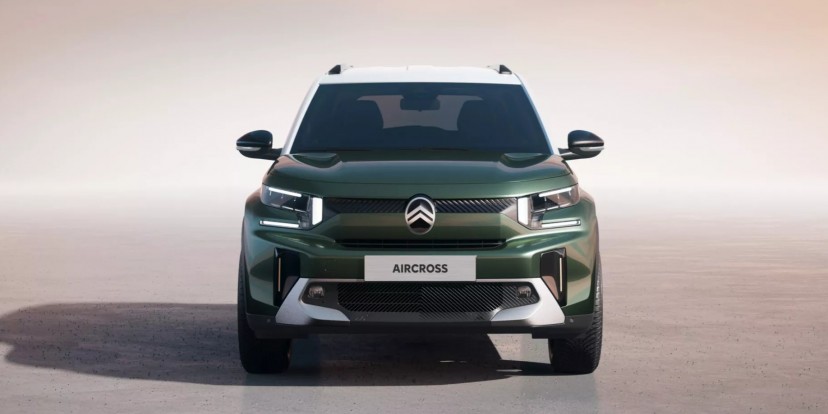
Citroen has pulled the wraps off its all-new C3 Aircross. The redesigned crossover trades its formerly friendly curves for a sharp, muscular look – a significant shift in apperance. Plus, it is spacious enough to seat seven. The changes are more than skin deep; under the hood, the C3 Aircross now offers a choice of electric powertrains for more exciting… Read more…
Kia Global EV Retail Sales Hit A New Record In March 2024
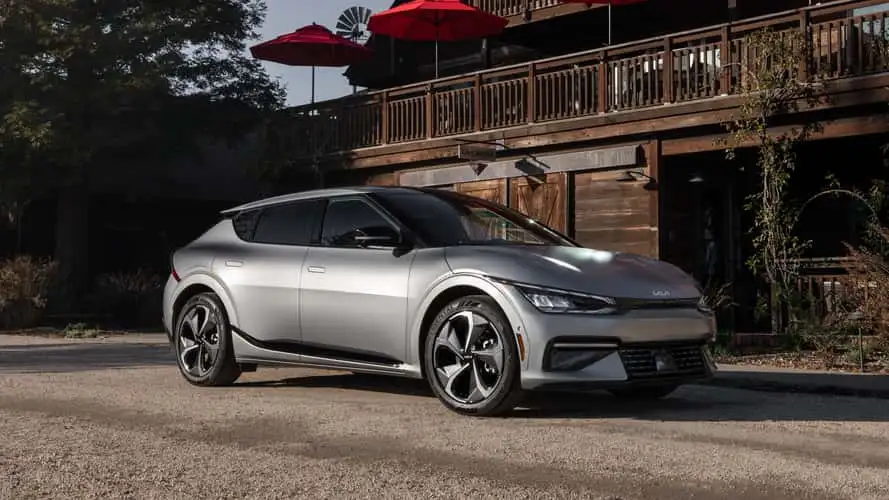
The company’s retail all-electric car sales exceeded 19,000. Read more…
Tesla leaks new Model 3 Performance ‘Ludicrous’ details
 Tesla has leaked some details about its elusive new Model 3 Performance ‘Ludicrous’, which is expected to launch any day. Read more…
Tesla has leaked some details about its elusive new Model 3 Performance ‘Ludicrous’, which is expected to launch any day. Read more…
We drove all of Lucid’s 2024 Air models and got a sneak peak at its upcoming ‘Mid-Size’ EVs
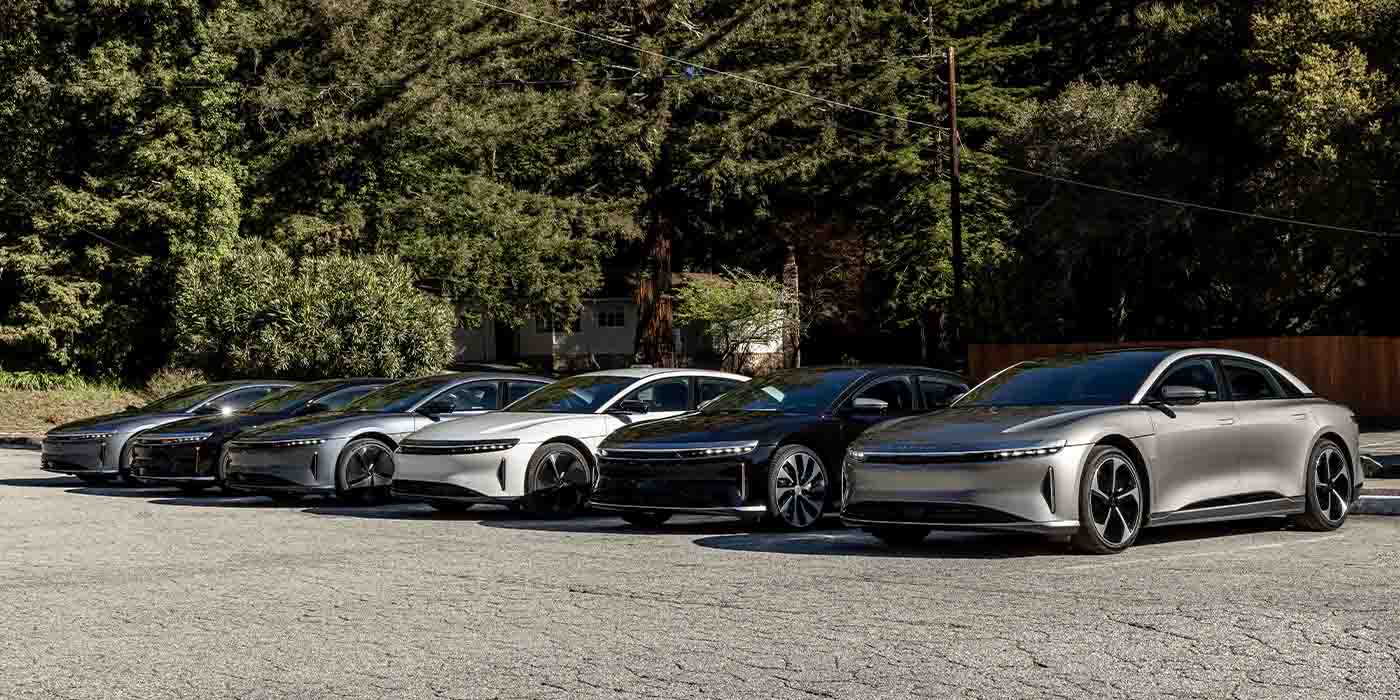 In addition to our recent drive of the Lucid Air Sapphire, we got the opportunity to test drive all of the American automaker’s 2024 models, including Pure, Touring, and Grand Touring, and have shared our thoughts below. As part of our visit, Lucid Motors also invited us behind the scenes at its design studio in California, where we got a look at the progress of its upcoming “Mid-Size” EVs. Read more…
In addition to our recent drive of the Lucid Air Sapphire, we got the opportunity to test drive all of the American automaker’s 2024 models, including Pure, Touring, and Grand Touring, and have shared our thoughts below. As part of our visit, Lucid Motors also invited us behind the scenes at its design studio in California, where we got a look at the progress of its upcoming “Mid-Size” EVs. Read more…
Lectric’s just-revealed XPress e-bike sees $500 off launch discount, Anker SOLIX C800 Plus at $499, and more
 It’s been a week of new beginnings in the e-bike market, with today’s green deals once again headlined by a special pre-order discount, this time on Lectric’s all-new XPress Commuter e-bikes, with some models receiving $500 off discounts along with free extra batteries – all starting from $999. It is joined by Anker’s latest SOLIX C800 Plus Portable Power Station returning to its $499 low, as well as a return 1-day sale on the NIU KQi3 Max Folding Electric KickScooter for $760. Plus, you’ll also find all of the other day’s best Green Deals below. Read more…
It’s been a week of new beginnings in the e-bike market, with today’s green deals once again headlined by a special pre-order discount, this time on Lectric’s all-new XPress Commuter e-bikes, with some models receiving $500 off discounts along with free extra batteries – all starting from $999. It is joined by Anker’s latest SOLIX C800 Plus Portable Power Station returning to its $499 low, as well as a return 1-day sale on the NIU KQi3 Max Folding Electric KickScooter for $760. Plus, you’ll also find all of the other day’s best Green Deals below. Read more…
You can power your home for 21 days with a Chevy Silverado EV and GM’s new bidirectional charger
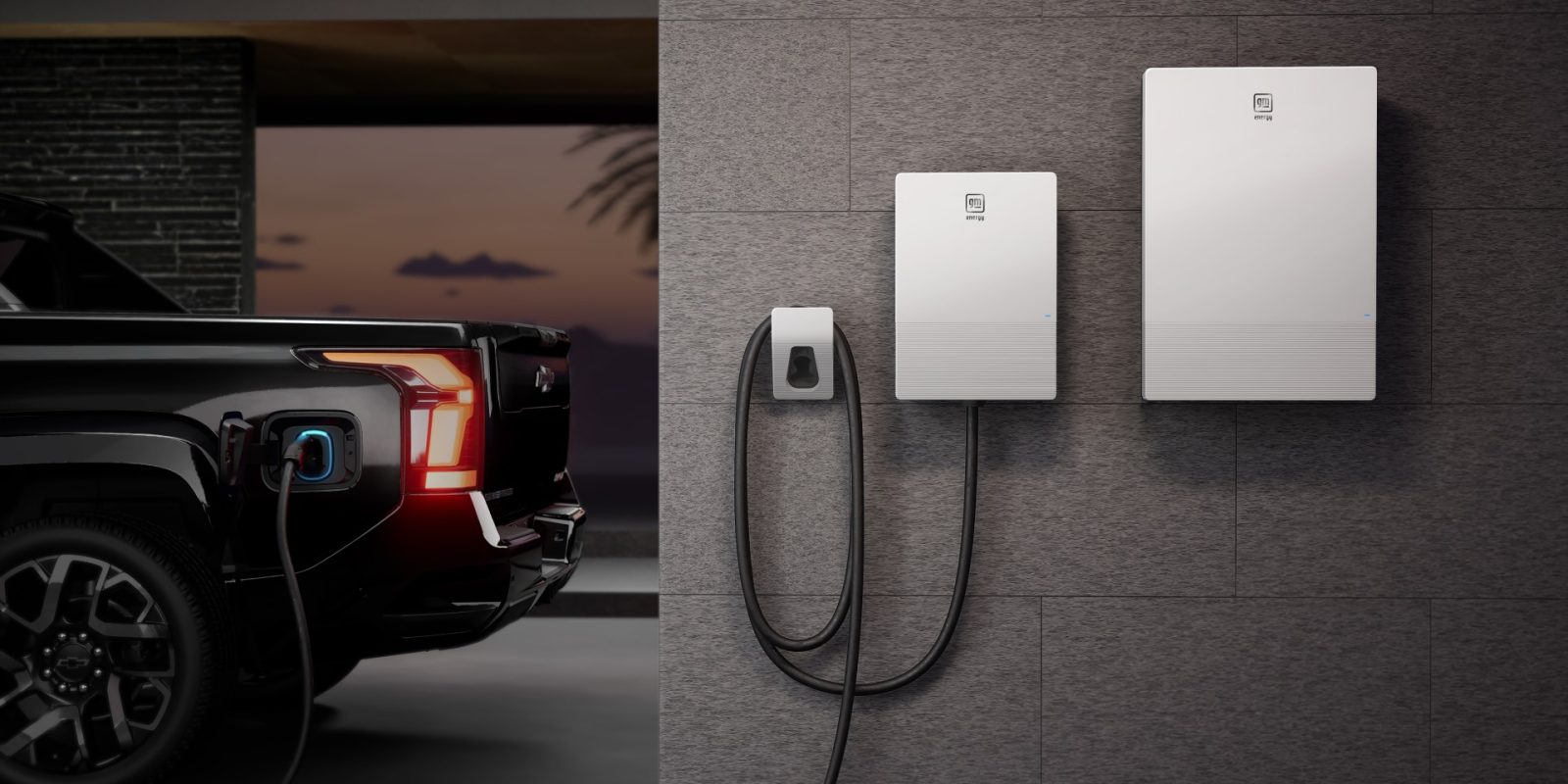 GM Energy just debuted vehicle-to-home (V2H) bidirectional EV chargers – here’s how GM’s EVs will keep the lights on. Read more…
GM Energy just debuted vehicle-to-home (V2H) bidirectional EV chargers – here’s how GM’s EVs will keep the lights on. Read more…
Jeep Pondering Gas-Powered Recon And Wagoneer S As It Seeks 1M Sales This Year

“We need to grab [opportunities] or somebody else will,” Jeep CEO Antonio Filosa said in a recent interview. Read more…
Volvo EX30 Twin Motor Performance Slightly Disappoints In Video Range Test
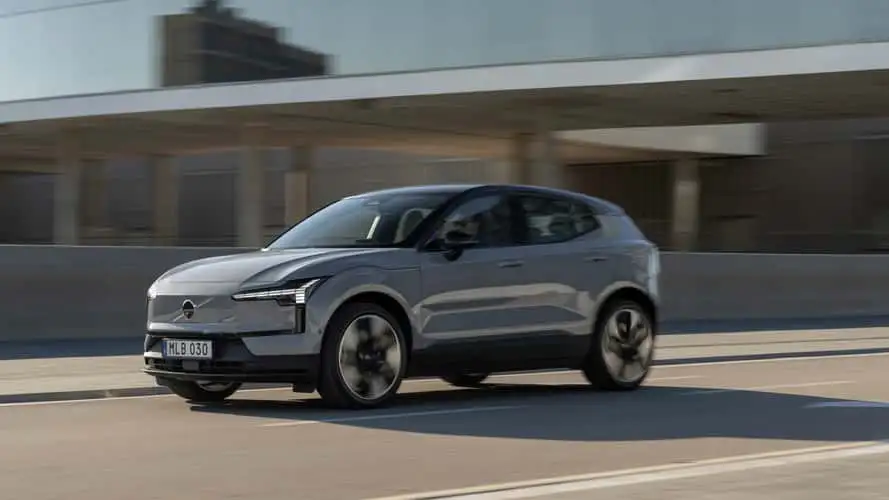
Veteran EV tester Bjørn Nyland finds the performance-oriented version’s range is well under 200 miles at 75 mph. Read more…
AMPECO and DEFA partner to meet the EU’s AFIR EV charging requirements
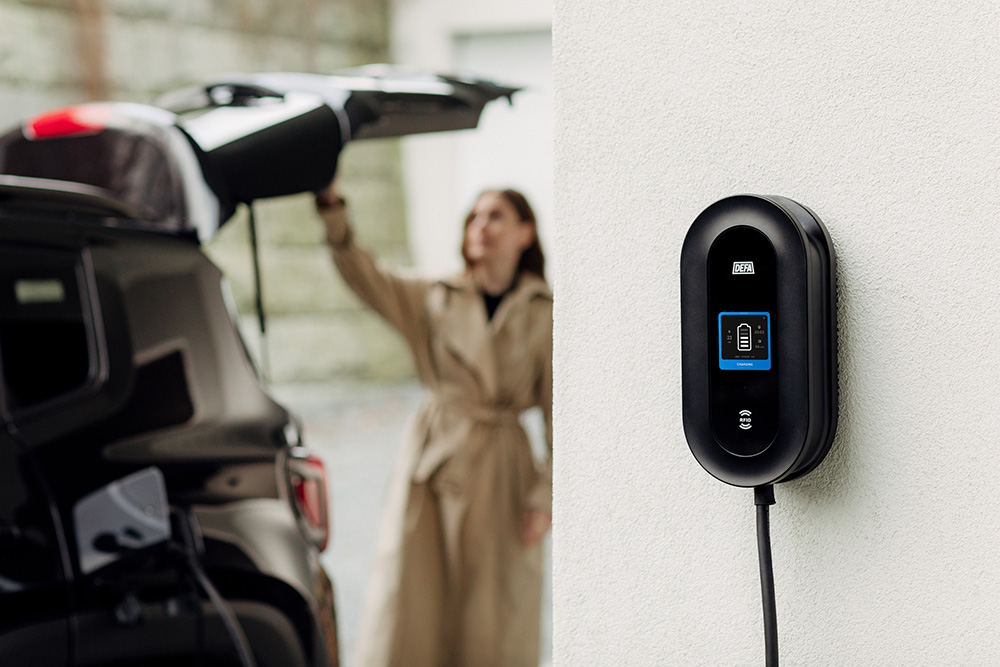
AMPECO, a Bulgaria-headquartered EV charging software developer, and DEFA, a Norway-based EV charging station provider, are integrating DEFA’s AC charger with AMPECO’s charge point management system to provide more secure transactions, enhanced efficiency and user experience, and compliance with the EU’s Alternative Fuels Infrastructure Regulation (AFIR) requirements for EV charging infrastructure. AMPECO’s platform offers a… Read more…
Lotus Eletre order books open up in the US, deliveries begin in Q4 2024
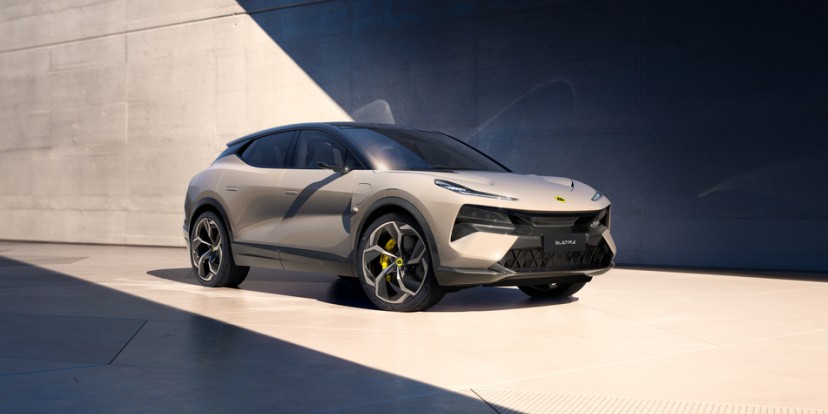
The Lotus Eletre’s European pricing was revealed back in June last year and we finally get the US pricing as well as an estimated time frame for release on that side of the Atlantic. Lotus is now officially opening up the order books, with actual deliveries commencing sometime in Q4 this year. The Lotus Eletre all-electric SUV comes in two… Read more…
Toyota’s Hydrogen Future Is Crumbling As Owners File Lawsuits, Call For Buybacks
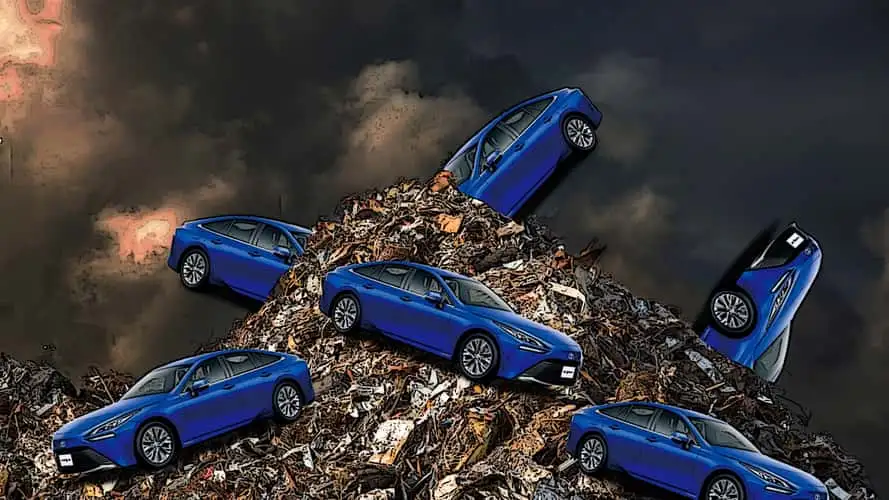
Frozen pumps. Skyrocketing fuel costs. Plummeting resale values. Here’s why owners who bought into Toyota’s hydrogen dream feel “cheated and misled.” Read more…
VW has to defend its ‘ID’ name in court
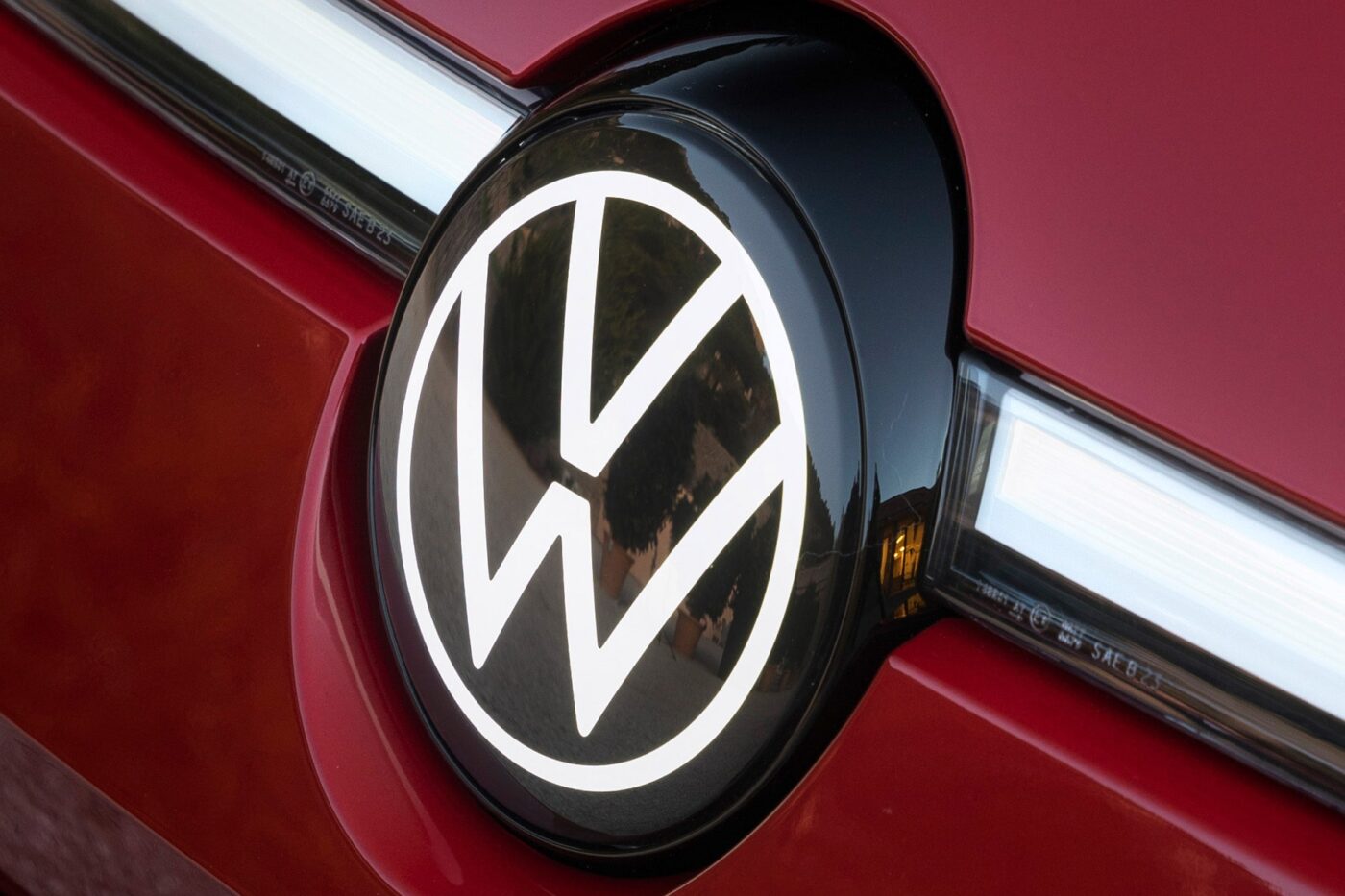
The company Identytec from Hildesheim has filed a lawsuit against Volkswagen at the Hamburg Regional Court. The medium-sized company believes its trade mark rights have been infringed by the ‘ID’ element. Interestingly enough, VW itself used to be a customer of Identytec. Read more…
SAIC-GM & Nio announce charging partnership in China
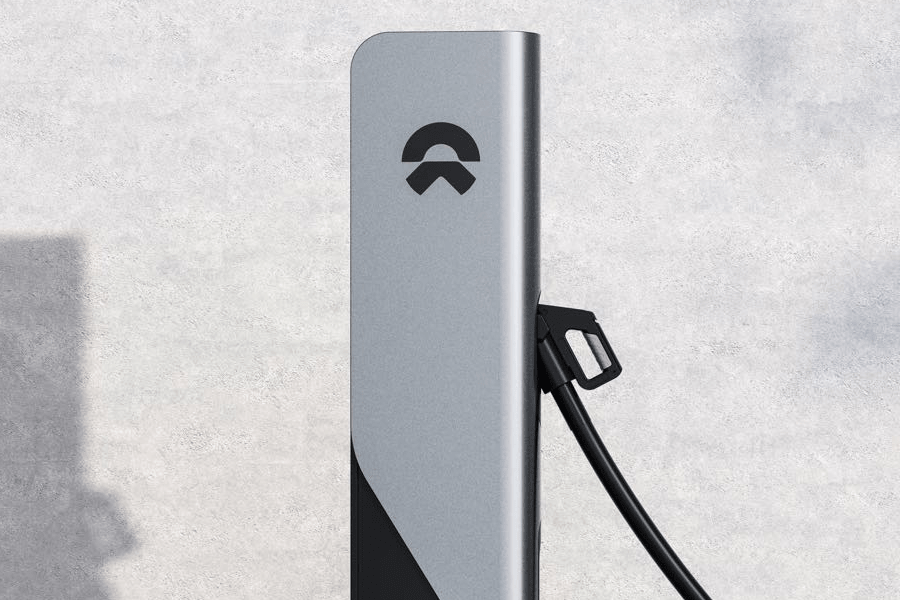
In China, SAIC-GM and Nio have entered into a charging partnership that will see more than 10,000 Nio charging terminals join SAIC-GM’s Ultium charging network. Read more…
BMW receives planning permission for battery assembly plant

On Thursday, BMW officially received planning permission for the new battery assembly plant in Lower Bavaria. With the announcement, BMW now has the legal basis for the construction of the new site. Read more…
Report: US-made 3-row electric SUV is Toyota Highlander EV
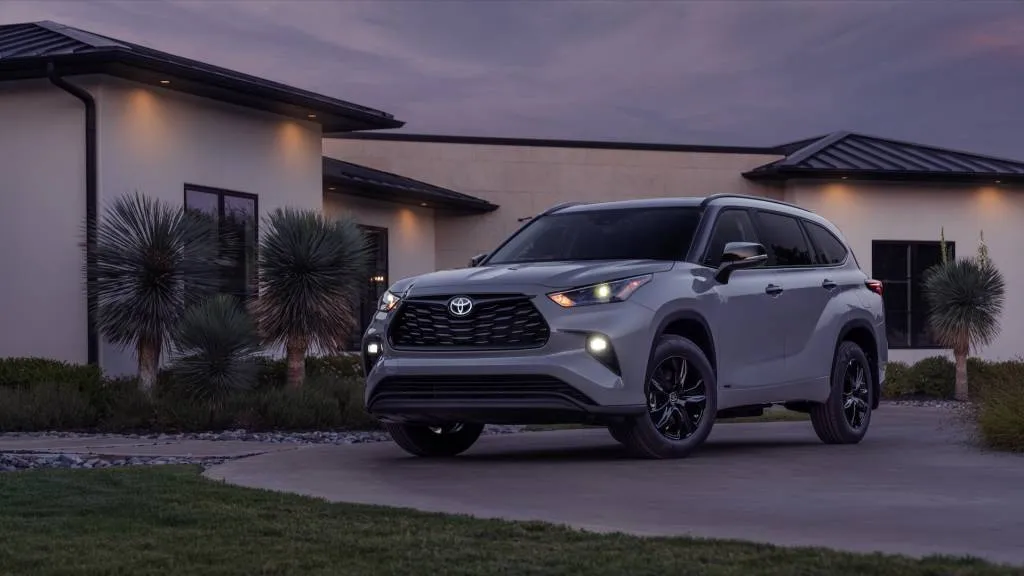
The Toyota Highlander midsize SUV could go all-electric, while the Grand Highlander would continue with internal-combustion engines, according to a new report from CarBuzz. This is part of a strategy to replace the alphanumeric naming scheme used by the Toyota bZ4X—currently the only EV in Toyota’s U.S. lineup—for more conventional… Read more…
XPeng CEO shares NGP self-driving footage in Germany, teasing full roll out coming to EU
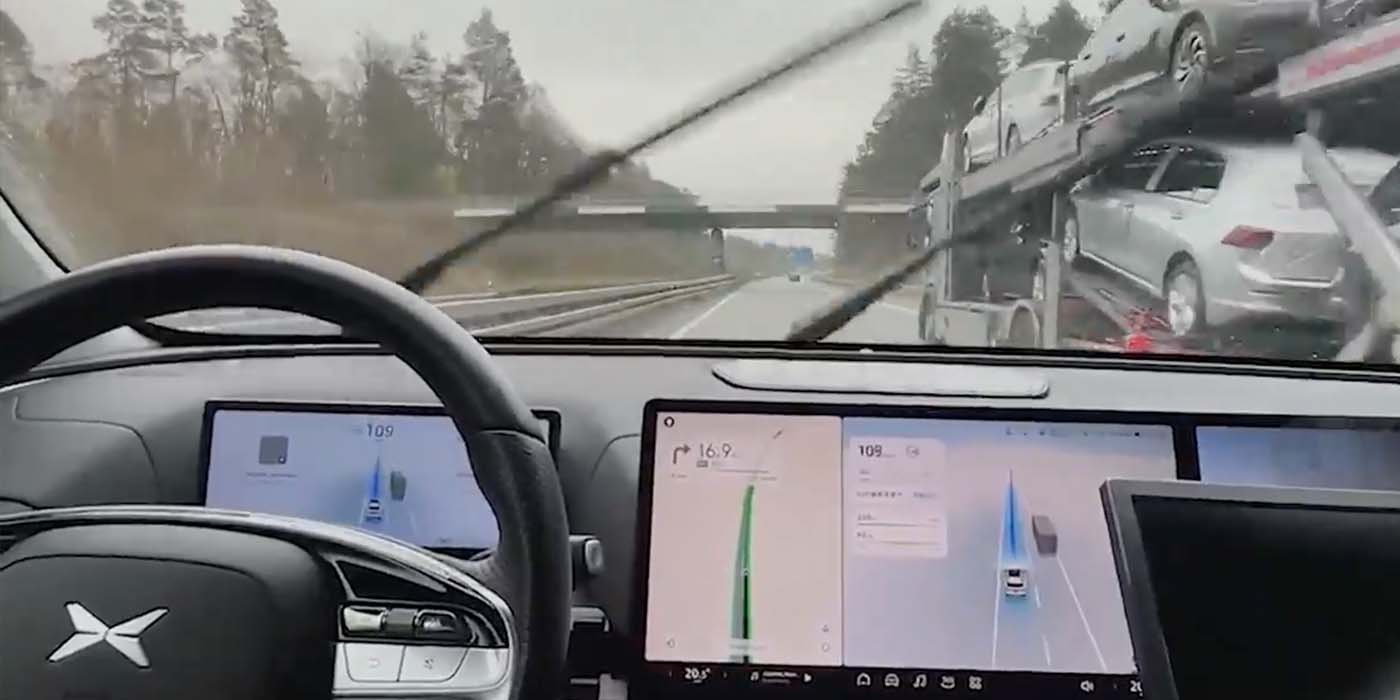 According to a recent post from XPeng chairman and CEO He Xiaopeng, the automaker’s self-driving ADAS navigation-guided pilot (NGP) is being tested on German roads and showing “great promise,” leading the way for an XNGP rollout throughout Europe. Read more…
According to a recent post from XPeng chairman and CEO He Xiaopeng, the automaker’s self-driving ADAS navigation-guided pilot (NGP) is being tested on German roads and showing “great promise,” leading the way for an XNGP rollout throughout Europe. Read more…
EV prices are down 18% over the past year as drastic price cuts take effect
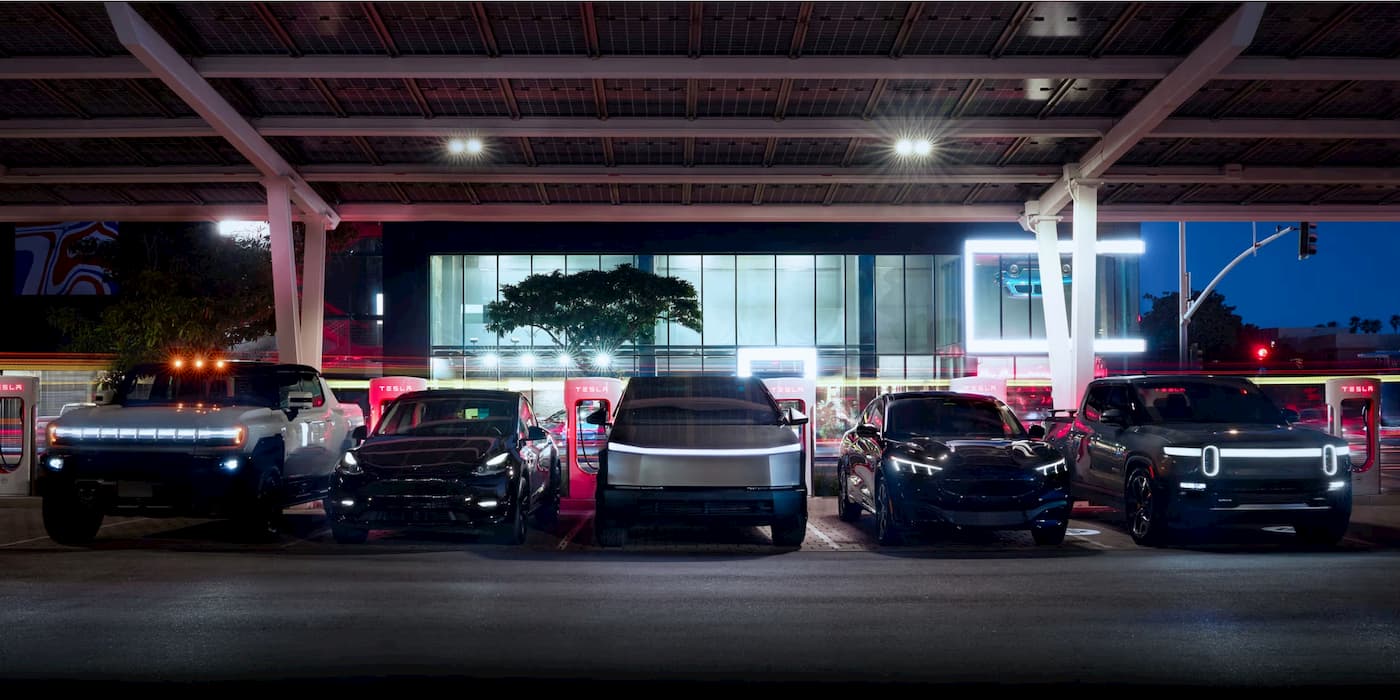 Electric vehicle prices are down 18% so far this month compared to April 2023. With most automakers launching aggressive discounts, many EVs are on fire sale right now. Some are even being offered for five-figure discounts. Read more…
Electric vehicle prices are down 18% so far this month compared to April 2023. With most automakers launching aggressive discounts, many EVs are on fire sale right now. Some are even being offered for five-figure discounts. Read more…
Tesla launches website to convince shareholders to vote for Elon’s $55 billion payday
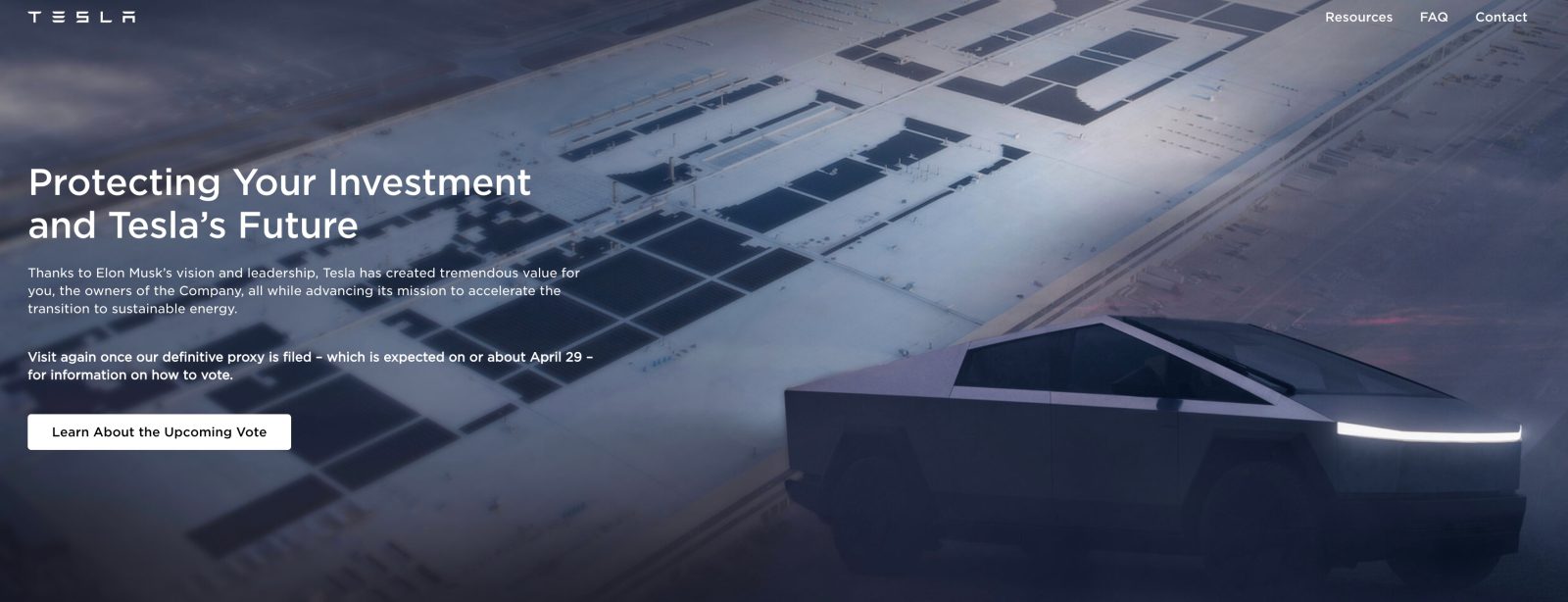 Tesla has launched a new website aimed at convincing shareholders to vote for reinstating Elon Musk’s $55 billion compensation plan. Read more…
Tesla has launched a new website aimed at convincing shareholders to vote for reinstating Elon Musk’s $55 billion compensation plan. Read more…
GM Unveils $7,300 Vehicle-To-Home Bundle For Ultium EVs
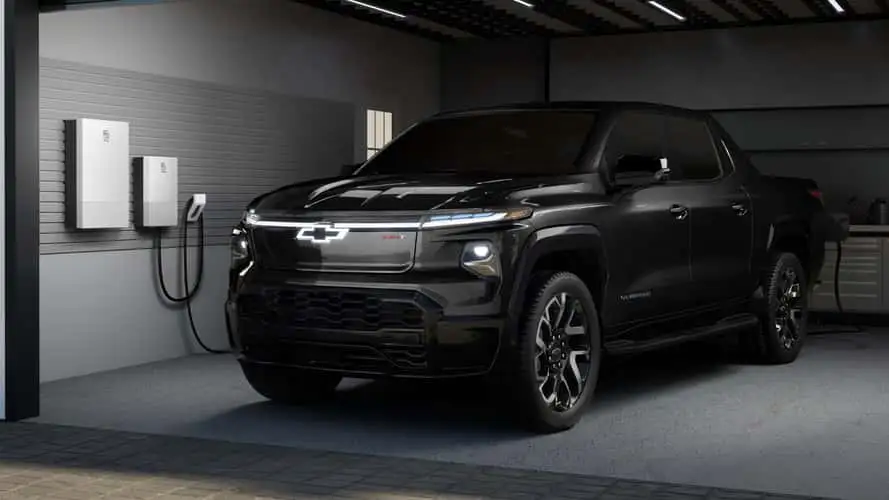
The V2H bundle from GM Energy includes all the necessary equipment to allow you to power your home with your Ultium EV. Read more…
Xiaomi starts deliveries of customized SU7 cars, CEO says sales 3-5 times higher than expected
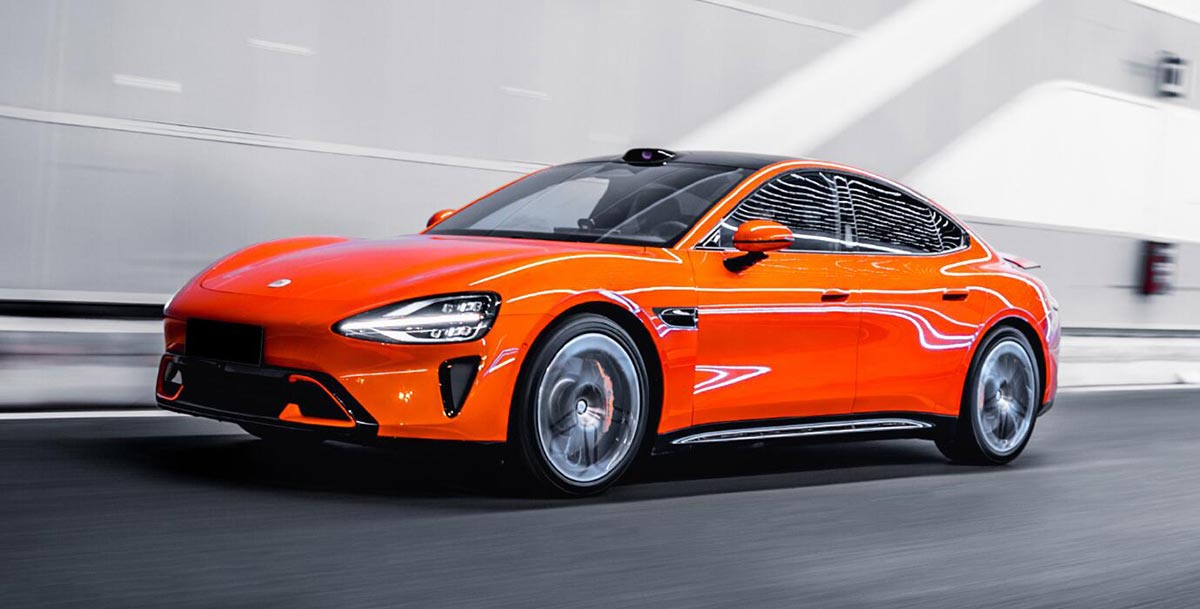
SU7 orders are three to five times higher than previously expected, and Xiaomi EV is in full production to meet delivery demand, the company’s CEO said. Read more…

